This article describes the top 10 greenest cities in India.India is home to remarkable cities harmoniously blending urbanscapes with lush green spaces. These “greenest cities” highlight their commitment to sustainability and showcase their efforts to curtail pollution through the innovative use of renewable energy resources. In a world where unchecked urbanization has turned many areas into concrete jungles, a few cities stand out for their determination to preserve nature and balance modern development. Let’s explore these vibrant green cities:
1.Mysore
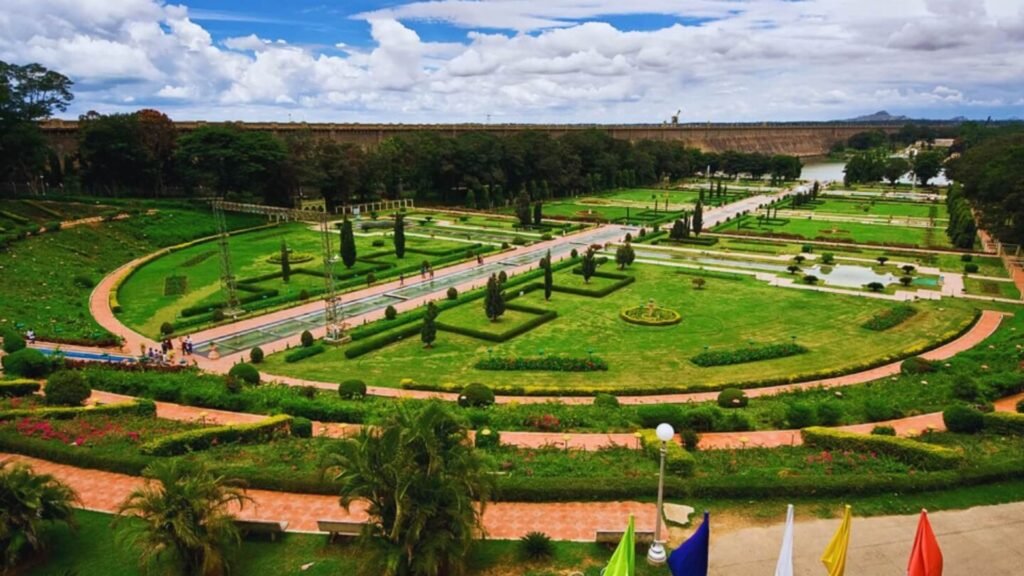
Often revered as the crown jewel of Karnataka, Mysore proudly claims the title of one of the greenest cities in India. Despite being the third most populated city in the state, it exudes a serene charm characterized by wide streets and majestic gardens. Recognized by the Swachh Bharat Urban initiative, Mysore’s well-planned layout and rich cultural heritage make it a delightful blend of tradition and environmental consciousness.
2. Chandigarh
 ,Chandigarh, one of India’s first lovingly crafted planned cities, is a testament to urban excellence,nestled at the foothills of the majestic Shivalik range. It boasts an impressive array of protected green spaces interspersed with exceptional infrastructure. With a staggering 35.5 percent tree cover in its 114 square kilometers, Chandigarh is a haven for nature lovers and a model for sustainable urban planning.Hence it is one of the greenest cities in India.
,Chandigarh, one of India’s first lovingly crafted planned cities, is a testament to urban excellence,nestled at the foothills of the majestic Shivalik range. It boasts an impressive array of protected green spaces interspersed with exceptional infrastructure. With a staggering 35.5 percent tree cover in its 114 square kilometers, Chandigarh is a haven for nature lovers and a model for sustainable urban planning.Hence it is one of the greenest cities in India.
3. Bangalore
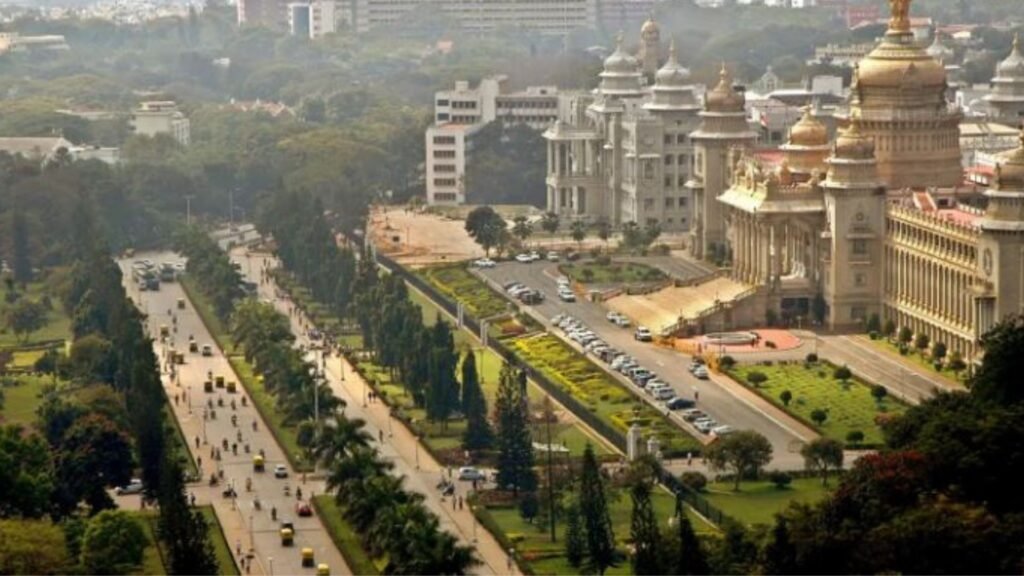
Known affectionately as “The Garden City,” Bangalore, captivates visitors with its abundant greenery and pleasant weather and hence it is one of the greenest cities in India. As the capital of Karnataka, this fast-growing metropolis is dotted with scenic gardens, vibrant parks, and picturesque lakes. With around 333 green buildings and a staggering 227.92 million square meters of certified green space, the city radiates a commitment to sustainability while thriving as India’s Silicon Valley—a bustling hub of technological innovation.
4. New Delhi
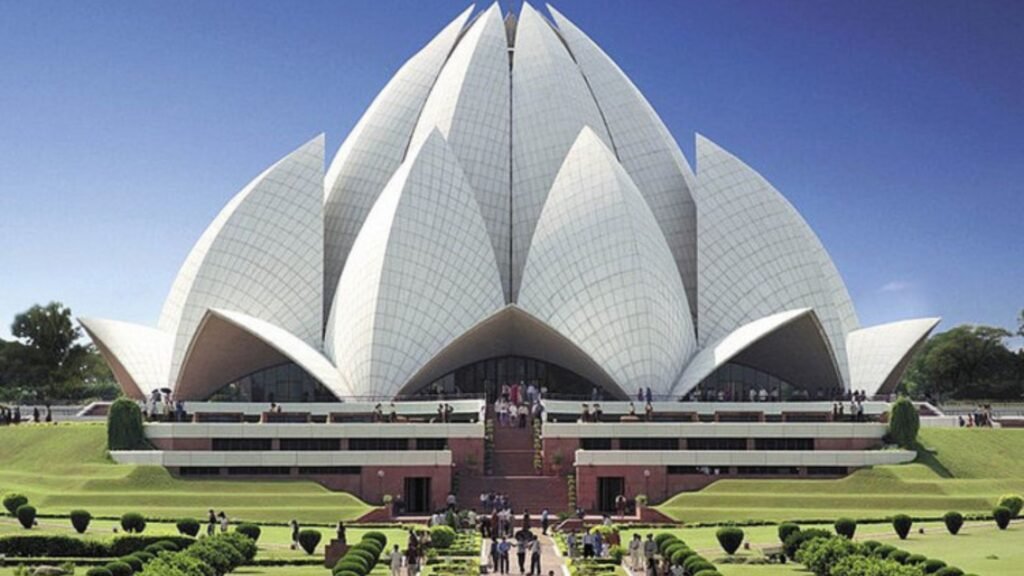
While New Delhi struggles with pollution, it also shines as one of India’s greenest cities, with 7% of its landscape adorned by trees. Lutyens’ Delhi, flourishes with an array of flora, including the stunning Amaltas and vivid Gulmohar. The capital has created an urban oasis featuring over 20,000 parks and a public transport system powered by clean CNG through dedicated tree planting, infrastructural enhancements, and stringent environmental regulations.
5.Dehradun
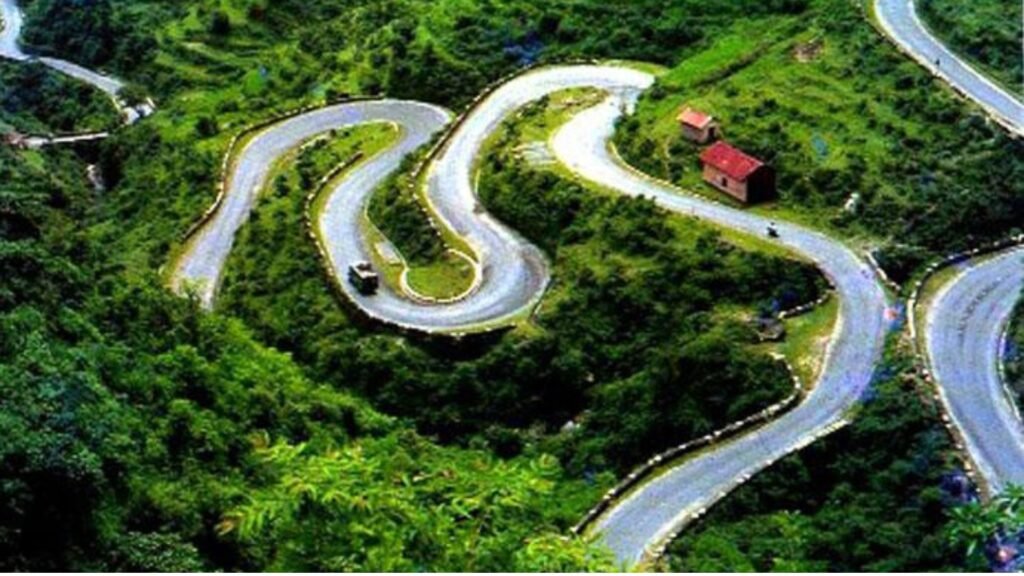
Nestled in the breathtaking lap of the Himalayas, Dehradun emerges as a paradise of greenery and tranquility. This city, renowned for its lush mountains and sparkling waterfalls, ranks high on the “greenery scale.” The city recieves high rainfall. It is often regarded as an educational hub, housing prestigious institutions like the Indian Military Academy, making it a focal point for both academic pursuits and natural beauty.
6. Bhopal
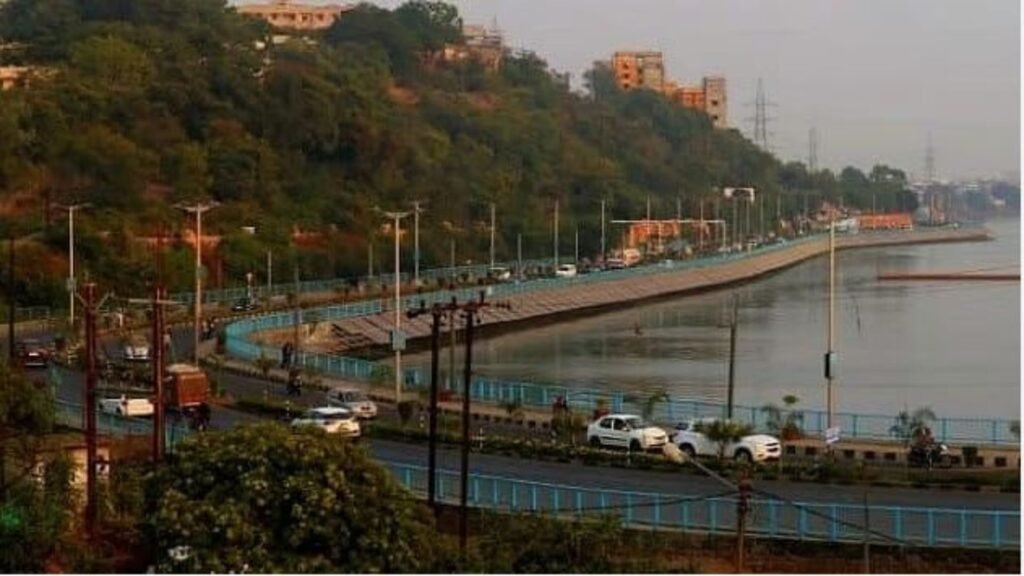 Bhopal has embarked on a remarkable transformation journey to reclaim its identity as one of India’s greenest cities. Today, it symbolizes resilience, seamlessly blending urban progress with its rich forest heritage. The city’s commitment to environmental improvement is fueled by community spirit and awareness. As a result there is growth of lush parks and green belts that reflect its dedication to sustainability.
Bhopal has embarked on a remarkable transformation journey to reclaim its identity as one of India’s greenest cities. Today, it symbolizes resilience, seamlessly blending urban progress with its rich forest heritage. The city’s commitment to environmental improvement is fueled by community spirit and awareness. As a result there is growth of lush parks and green belts that reflect its dedication to sustainability.
7. Diu
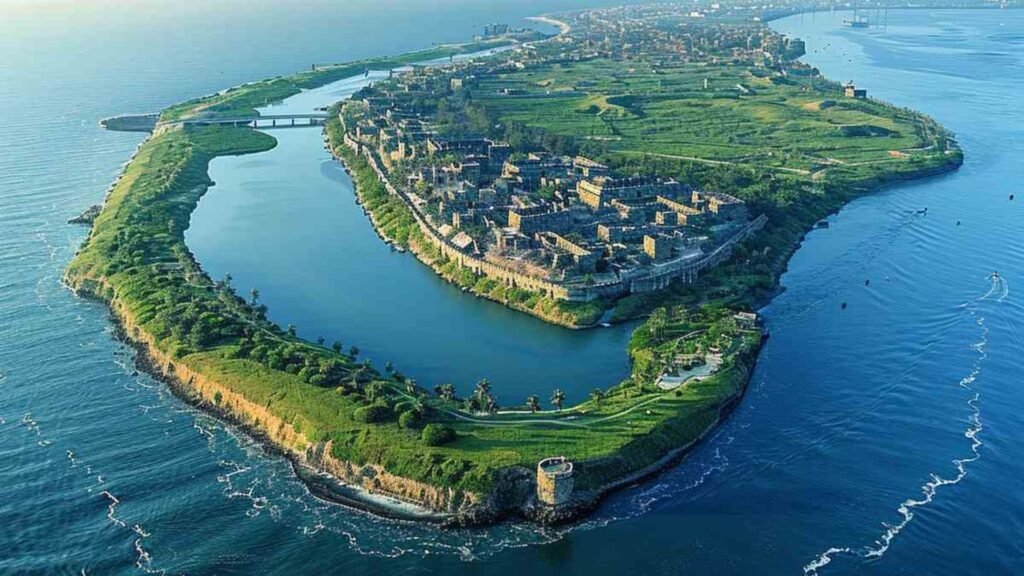
Diu has carved out a distinctive niche by becoming the first city in India to run entirely on renewable energy during daylight hours. With a state-of-the-art 9-MW solar park spanning 50 hectares of once-barren land, Diu exemplifies a forward-thinking approach to urban energy. By installing solar panels on 79 government buildings, the city generates 1.3 MW of clean energy annually, setting a shining example for renewable initiatives nationwide.
8. Gandhinagar
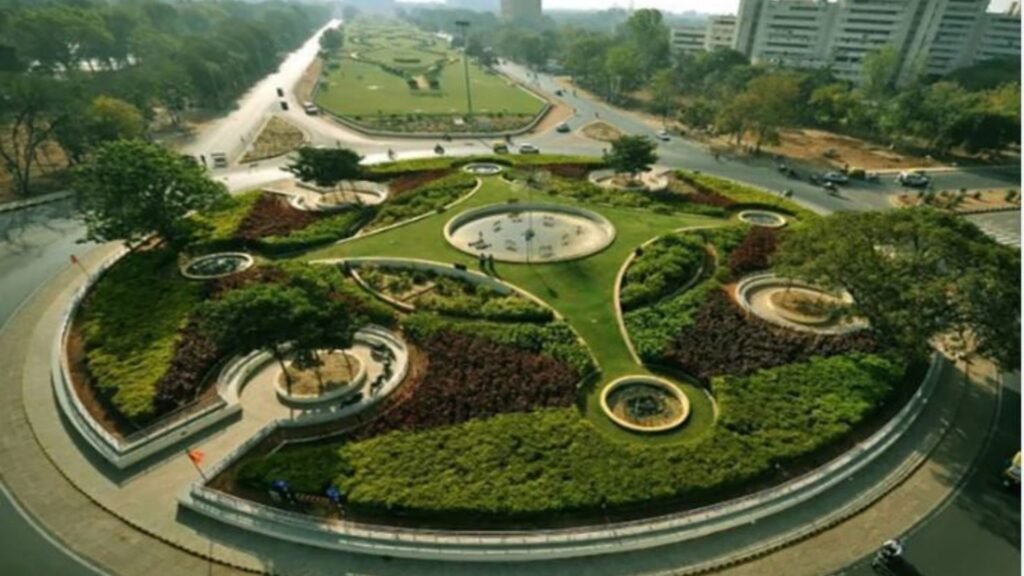
Gujarat’s capital, Gandhinagar, stands proud as one of India’s best-planned cities. Nestled elegantly along the banks of the Sabarmati River. Amidst its rapid urban expansion, Gandhinagar has diligently preserved its greenery.It boasts an astonishing 3.2 million trees with a population of just 150,000. It equates to an impressive 22 trees per person. This meticulous planning showcases the city’s profound respect for nature and commitment to creating livable environments for its residents.
9. Jamshedpur
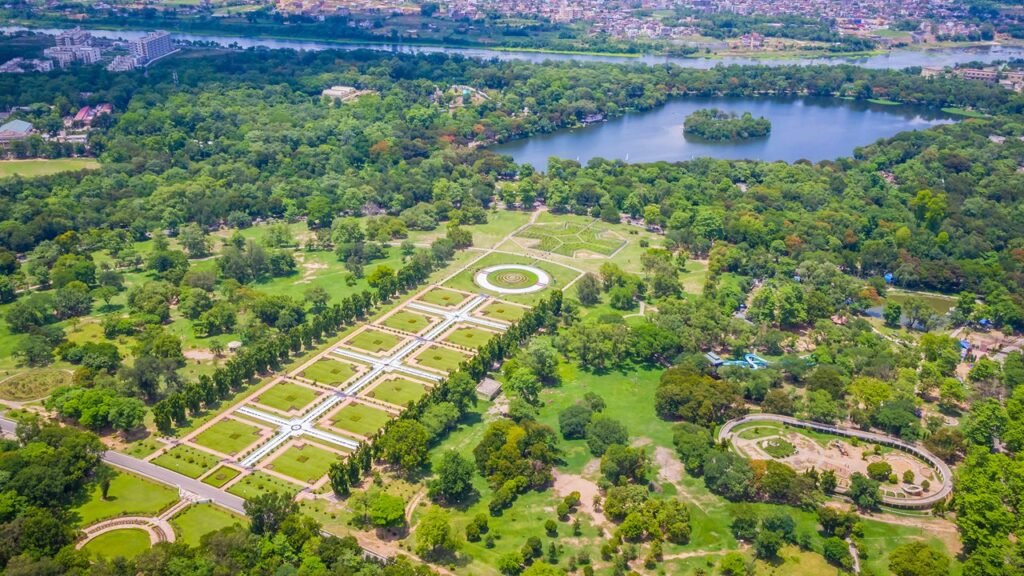
Jamshedpur stands out as a remarkable blend of industrial prowess and environmental consciousness. This city is enveloped by lush deciduous forests. It account for a remarkable 33% of its total area designated as “green cover.” With an abundance of parks, inviting playgrounds, and picturesque, tree-lined streets, Jamshedpur offers an oasis of tranquility amid its industrial backdrop. Jubilee Park, a sprawling 37.75-acre sanctuary adorned with vibrant flowerbeds and gracefully illuminated fountains. It embodys Jamshedji Tata’s noble vision of a thriving urban green space.
10. Shimla
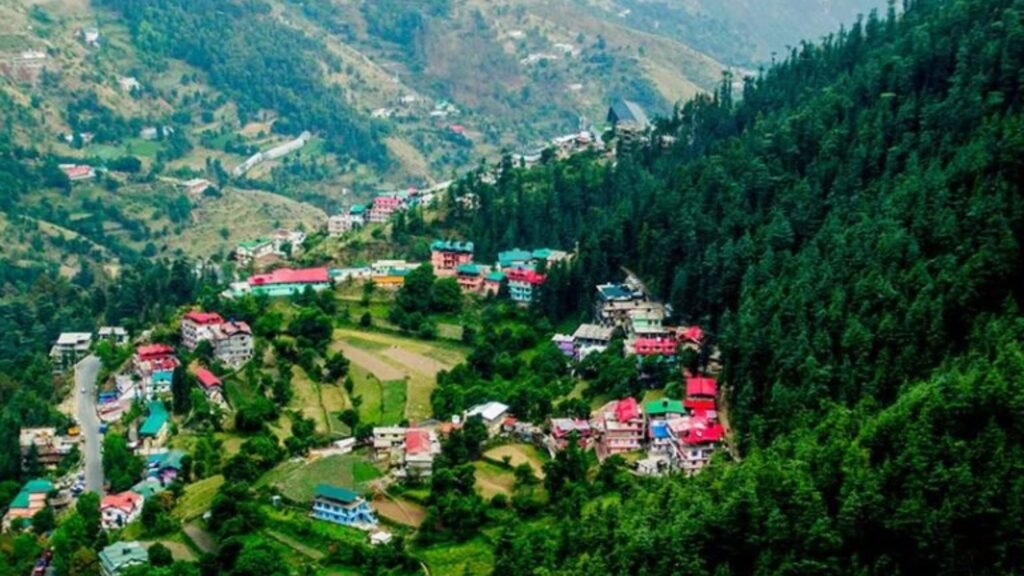
Shimla serves as the enchanting capital of Himachal Pradesh and is celebrated as the most captivating hill station in Northern India. Visitors enjoys colonial architecture, charming churches, and sacred temples that harmoniously blend with the stunning natural landscape. Shimla has a rich tapestry of flora, including pine, deodar, oak, and rhododendron, creating a breathtaking environment. It is known as the “Queen of Hills” due to its diverse and rich ecosystem. Shimla has also embraced the concept of “Green Growth Cities.” Hence it is one of he greenest cities in India.
This narrative illustrates the exceptional dedication of these cities to preserving their natural beauty while navigating the challenges of urbanization. Each green town offers a unique experience of India’s commitment to sustainability, showcasing how urban development can coexist beautifully with the environment.
Read about **10 Most Costly Cities in India**
